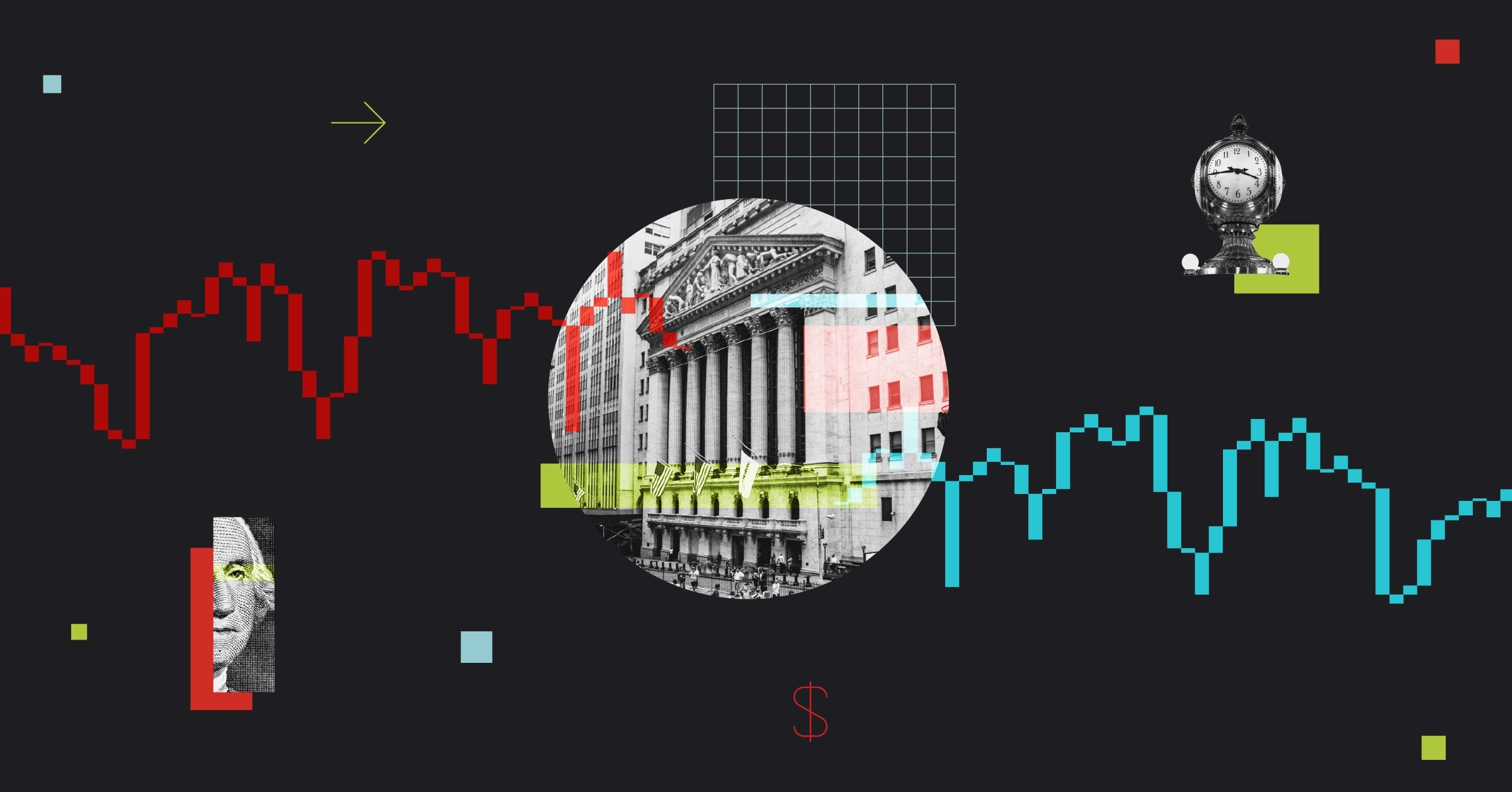The flippant answer might well be "yes, no, maybe"! On a serious note, it’s worth digging deeper to try and work out what an investor should think of global small-caps. We’ll take a look at three main factors that supporters of this asset class point to when discussing their virtues: greater scope for active management; better returns potential; and diversification benefits.
Small-Caps--it is often argued--present more of an opportunity for active managers to shine against the benchmark. The main reason is that global small-caps are seen as more inefficient compared with their large-cap siblings. With small-caps there can be an opportunity to arbitrage information gaps, due to the fact that the companies at the lower end of the market-cap scale tend to be less closely followed--there is no army of sell-side analysts documenting every move. This presents the chance for savvy investors to gain an edge from any mispricing that may result.
This potential inefficiency enjoyed by small-caps leads to the argument that stocks at the lower end of the market have better return prospects over the long term than large-cap stocks. This was the case in 2009 when the broader market represented by the MSCI World returned 15.73%, well shy of the 28.32% performance form the MSCI World Small Index.
The MSCI World Small Index returns over three and five years (0.8% and 6.4%, respectively) have beaten the MSCI World (0.6% and 5.6%, respectively). It must also be remembered that small-caps tend to fare worse in times of heightened uncertainty--investors tend to flock towards quality, resulting in a move away from small-caps as they are seen as more susceptible to market fluctuations and offering less protection compared with large-cap names. This was certainly the case in 2007 and continued into 2008 when the effects of the global financial crisis were truly felt. As a result, it is no surprise that small-caps are more volatile in comparison with the upper end of the market.
Over three years to the end of 2009, the standard deviation (a measure of volatility) for the MSCI World Small Index was 23.0% per annum compared with 19.1% for the MSCI World Index. The old adage here rings true--the greater the potential returns on offer, the greater the level of risk.
Another benefit of adding global small-caps to a portfolio is that it expands the investor’s investible universe. Looking at the end of 2009 at the sector level, the MSCI World Small Index had greater exposure to sectors such as Materials, Industrials, Consumer Discretionary and Real Estate Investment Trusts. Differences in geography are less pronounced but still offer investors increased diversification. Investing in small-caps also provides the opportunity to discover the champions of tomorrow while they are still small and tap into their growth as these firms expand.
One aspect investors need to be aware of when investing in global small-caps is that their fund remains true to label. During the most recent market meltdown experienced in 2008/09, a tactic favoured by some portfolio managers was to invest further up the market-cap scale in an effort to find some protection from the vicious market headwinds. The result was that some funds started to take on the shape of mid-cap funds.
In the end, we believe global small-caps do have a role to play as part of a diversified portfolio. They should be seen as a supporting player sitting alongside a core large-cap global strategy. While the asset class is more volatile and comes with its fair share of risks, the ability to add diversification, greater return potential and the inefficiencies in the sector--which opens the door for skilled active management, make it a worthwhile part of the investment spectrum. But be careful: the ride will be bumpy.
























